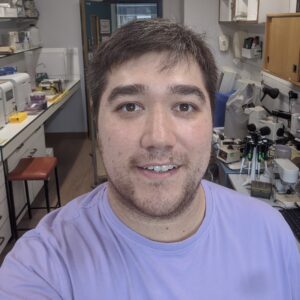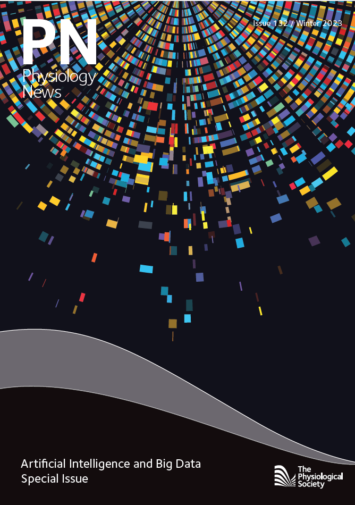
Physiology News Magazine
Editorial
All good things come to an end
Introduction
Editorial
All good things come to an end
Introduction

Dr Keith Siew
Scientific Editor, Physiology News
47 issues, 12 years and 4 terms on the editorial board later, and my time with Physiology News finally comes to an end. Getting to work behind the scenes to put together our community’s magazine has been an honour. As one of the last bastions of a model of a learned society’s magazine, run by the membership for the membership, I was always proud to be involved with shaping the future of PN since its revamp and relaunch in 2012. I hope you will agree that the great magazine we inherited from our predecessors (and “newsletter” even before that), has grown from strength to strength.
In my time on the board, we have seen an increase in the equitable representation of editorial board members of every sex, age, creed and ethnicity, even broadening our geographical, disciplinary, career stage and profession inclusivity. We have moved to make PN of sustainably sourced materials, shipped in biodegradable packaging. We have transformed the magazine into both a physical and virtual offering with now a significant portion of our readership coming from online. PN now has a fully restored PDF archive with the majority of past material and now all future content even assigned DOIs, forming fully citeable pieces of work. We have embraced the open culture of knowledge sharing and transitioned PN publishing to creative commons licensing to allow any and all to remix, reuse, redistribute and adapt this vital resource.
It has been genuinely exciting to help shine a spotlight on many important and meaningful issues covering equality, diversity and inclusivity (PN115; PN123), international perspectives from our fellow physiologists (PN91; PN112), the struggles faced by our colleagues in education (PN89; PN119; PN130) and delving into the difficult discussions on timely topics (PN98 – Ageing; PN113 – Chronobiology; PN117 – Space Physiology; PN121 – Medical Technology; PN127 – Climate Change; PN132 – AI & Big Data). I have much to thank the many global contributors of PN content over the years, it truly has been a broad education!
I can honestly say that my time on PN has been a joy, and like most of these things, it’s the people you meet along the way that made it a fun and enriching experience. To my fellow editorial board members past and present, I extend my heartfelt gratitude for sharing your endless enthusiasm, wealth of knowledge and sense of humour. I’ve gained insight from each of your perspectives that have formed the writing and editor I’ve become today. In particular, my respect and largest thanks must go to the tirelessly devoted staff of The Society without whom the magazine would not function. From Lucy Holmes who took me under her wing to guide me through putting together my first issue as guest editor (PN95 – Imaging), to Julia Turan who was truly my partner in crime as we sought to make diversity, inclusivity and modernisation of the magazine our top priorities, and recently Jane Shipley, Susan Patterson, Emily Wylde and Alanna Orpen who have guided the magazine through numerous transitionary phases behind the scenes and supported me in times of personal difficulties.
To you the readership, thank you for your attention and support throughout the years. I’ve always enjoyed the rare opportunities where I get to meet some of you at meetings and to hear in person what the magazine means to you or to hear your excitement about an article, story or tale that resonated. I hope that I and my colleagues have kept you educated, entertained and informed as best we could, and given those in the society a much-needed soapbox when necessary.
Finally, I leave this position with sadness not only because my journey as PN’s Scientific Editor has come to an end, but also because I will be the last to occupy such a post. As I’m sure all are aware, learned Societies face many new challenges in the rapidly changing landscape and our Society is not immune to these pressures. And thus, it has been decided to retire the role of the scientific editor and editorial board, and to take the editing and production of PN entirely in-house under the direct guidance of our excellent staff. Although worry not, while one of the membership may no longer be at the helm, the editorial board will take on another form and help to inform the direction of the magazine. I wish all the very best, and hope to see PN continue to grow and prosper.
